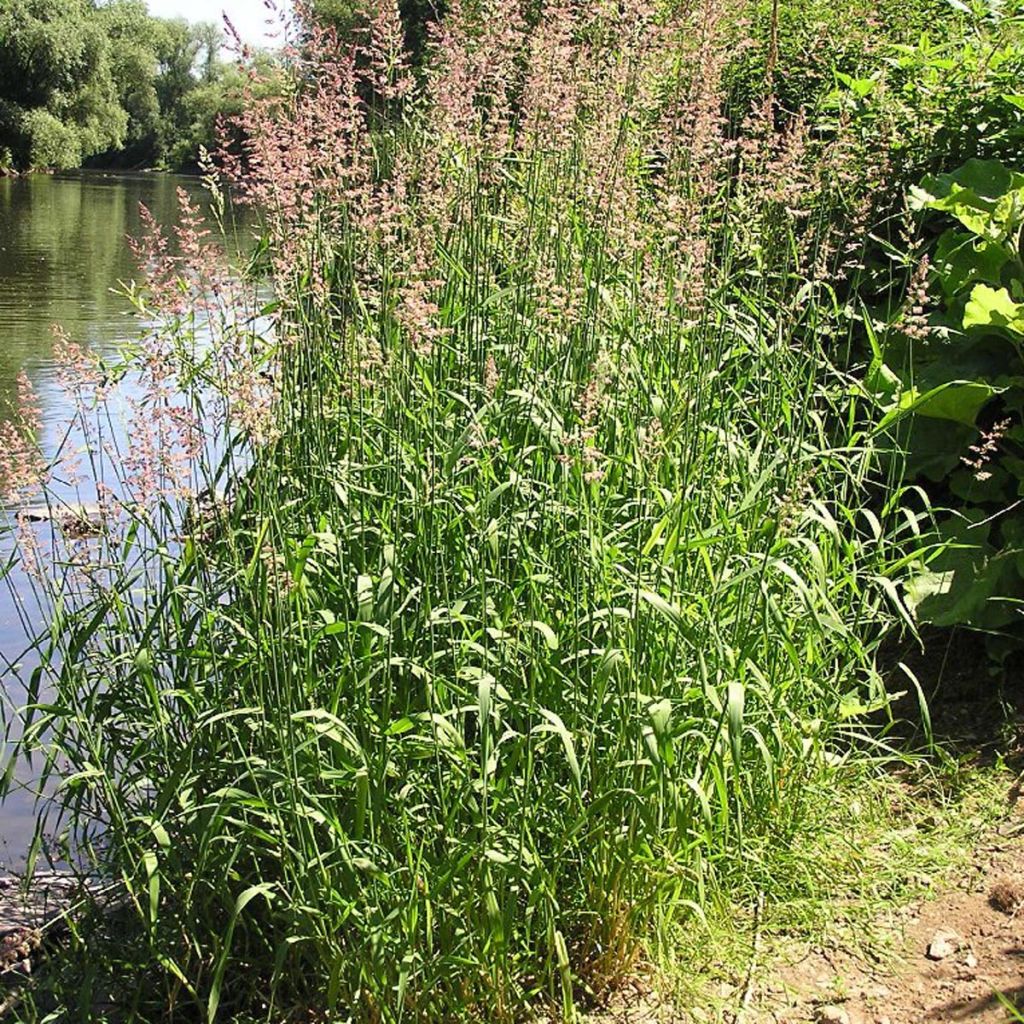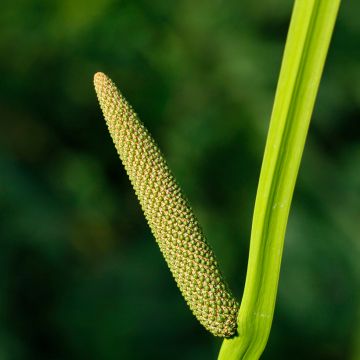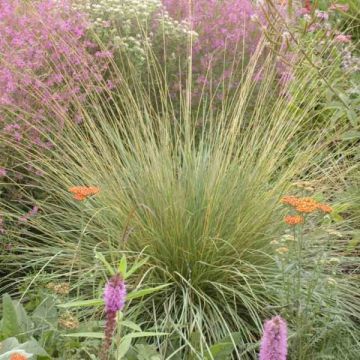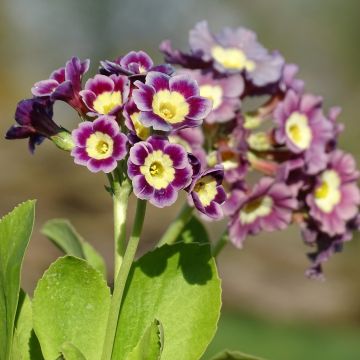

Phalaris arundinaceae
Phalaris arundinaceae
Phalaris arundinaceae
Reed Canary Grass, Ribbon Grass, Gardener's Garters
It is for gifting, it is.
Rose-Amande V., 18/02/2020
Special offer!
Receive a €20 voucher for any order over €90 (excluding delivery costs, credit notes, and plastic-free options)!
1- Add your favorite plants to your cart.
2- Once you have reached €90, confirm your order (you can even choose the delivery date!).
3- As soon as your order is shipped, you will receive an email containing your voucher code, valid for 3 months (90 days).
Your voucher is unique and can only be used once, for any order with a minimum value of €20, excluding delivery costs.
Can be combined with other current offers, non-divisible and non-refundable.
Home or relay delivery (depending on size and destination)
Schedule delivery date,
and select date in basket
This plant carries a 12 months recovery warranty
More information
We guarantee the quality of our plants for a full growing cycle, and will replace at our expense any plant that fails to recover under normal climatic and planting conditions.
Would this plant suit my garden?
Set up your Plantfit profile →
Description
Phalaris arundinacea, also known as Reed Canary Grass, is a perennial rhizomatous plant found on riverbanks or the edges of ponds. This grass with ribbon-like leaves closely resembles reeds and has a spreading tufted habit, producing large feathery inflorescences from spring to summer. It is a widely distributed yet fascinating plant, holding many secrets in medical and renewable energy fields.
Phalaris arundinacea belongs to the Poaceae family (formerly known as grasses). Its distribution covers the entire Northern Hemisphere. Reed Canary Grass is common throughout Europe. This plant forms small clumps of narrow basal leaves, around 40 cm (16in) long, from which slender, erect stems emerge, reaching heights of 120 to 150 cm (47 to 59in), crowned with feathery inflorescences of tiny flowers, silver when ripe. Its flowers form an elongated (5-25 cm (2-10in)) paniculate inflorescence, initially spreading and becoming more compact and whitish to bluish-green. The above-ground part of the plant is green, while its black rhizomes are long and creeping, capable of penetrating tough soils.
Reed Canary Grass is fully hardy. It thrives in any garden soil that does not dry out in summer. You can grow it in full sun or partial shade. Despite its preference for moist soil, this plant can withstand long periods of drought. A visually striking and ornamental plant, Phalaris arundinacea has a running rhizome useful for vegetating the banks of a natural pond or a large body of water. It is also appreciated for water purification systems for its ability to stabilise the soil around water sources. According to certain studies, Reed Canary Grass can improve soil quality and biodiversity in the areas where it is cultivated.
Phalaris arundinacea is also grown as fodder. Additionally, it provides fibres used in paper production. Reed Canary Grass stood out among other tested plants in studies conducted to find alternatives to fossil fuels. It demonstrates the ability to adapt perfectly to the depleted and contaminated soil in former industrial areas. Reusing these sites could allow for large-scale cultivation of this plant without encroaching on land already used for food production.
Phalaris arundinaceae in pictures


Flowering
Foliage
Plant habit
Safety measures
Botanical data
Phalaris
arundinaceae
Poaceae
Reed Canary Grass, Ribbon Grass, Gardener's Garters
Northern Europe
atteinterespiratoire
Cette plante peut entraîner des symptômes allergiques.
Evitez de la planter si vous ou vos proches souffrez de rhinite saisonnière ("rhume des foins").
Davantage d'informations sur https://plantes-risque.info
Other Peripheral perennial aquatic plants
View all →Planting and care
Reed Canary Grass is fully hardy. It thrives in any garden soil that does not dry out in summer. It can be planted in full sun or part shade. It prefers soil rich in bases and nutrients with a neutral to slightly acidic pH. Despite its predilection for damp soils, Phalaris arundinacea can withstand long periods of drought. Plant the rhizome in moist, unsubmerged soil or mud submerged under 30 cm of water. To prevent this plant from becoming invasive, it can be partially submerged in 34 cm x 35 cm pots. Cut back faded flower heads, or leave them in place, as they will add great charm to your pond's winter decor.
Planting period
Intended location
Care
Planting & care advice
-
, onOrder confirmed
Reply from on Promesse de fleurs
Similar products
Haven't found what you were looking for?
Hardiness is the lowest winter temperature a plant can endure without suffering serious damage or even dying. However, hardiness is affected by location (a sheltered area, such as a patio), protection (winter cover) and soil type (hardiness is improved by well-drained soil).

Photo Sharing Terms & Conditions
In order to encourage gardeners to interact and share their experiences, Promesse de fleurs offers various media enabling content to be uploaded onto its Site - in particular via the ‘Photo sharing’ module.
The User agrees to refrain from:
- Posting any content that is illegal, prejudicial, insulting, racist, inciteful to hatred, revisionist, contrary to public decency, that infringes on privacy or on the privacy rights of third parties, in particular the publicity rights of persons and goods, intellectual property rights, or the right to privacy.
- Submitting content on behalf of a third party;
- Impersonate the identity of a third party and/or publish any personal information about a third party;
In general, the User undertakes to refrain from any unethical behaviour.
All Content (in particular text, comments, files, images, photos, videos, creative works, etc.), which may be subject to property or intellectual property rights, image or other private rights, shall remain the property of the User, subject to the limited rights granted by the terms of the licence granted by Promesse de fleurs as stated below. Users are at liberty to publish or not to publish such Content on the Site, notably via the ‘Photo Sharing’ facility, and accept that this Content shall be made public and freely accessible, notably on the Internet.
Users further acknowledge, undertake to have ,and guarantee that they hold all necessary rights and permissions to publish such material on the Site, in particular with regard to the legislation in force pertaining to any privacy, property, intellectual property, image, or contractual rights, or rights of any other nature. By publishing such Content on the Site, Users acknowledge accepting full liability as publishers of the Content within the meaning of the law, and grant Promesse de fleurs, free of charge, an inclusive, worldwide licence for the said Content for the entire duration of its publication, including all reproduction, representation, up/downloading, displaying, performing, transmission, and storage rights.
Users also grant permission for their name to be linked to the Content and accept that this link may not always be made available.
By engaging in posting material, Users consent to their Content becoming automatically accessible on the Internet, in particular on other sites and/or blogs and/or web pages of the Promesse de fleurs site, including in particular social pages and the Promesse de fleurs catalogue.
Users may secure the removal of entrusted content free of charge by issuing a simple request via our contact form.
The flowering period indicated on our website applies to countries and regions located in USDA zone 8 (France, the United Kingdom, Ireland, the Netherlands, etc.)
It will vary according to where you live:
- In zones 9 to 10 (Italy, Spain, Greece, etc.), flowering will occur about 2 to 4 weeks earlier.
- In zones 6 to 7 (Germany, Poland, Slovenia, and lower mountainous regions), flowering will be delayed by 2 to 3 weeks.
- In zone 5 (Central Europe, Scandinavia), blooming will be delayed by 3 to 5 weeks.
In temperate climates, pruning of spring-flowering shrubs (forsythia, spireas, etc.) should be done just after flowering.
Pruning of summer-flowering shrubs (Indian Lilac, Perovskia, etc.) can be done in winter or spring.
In cold regions as well as with frost-sensitive plants, avoid pruning too early when severe frosts may still occur.
The planting period indicated on our website applies to countries and regions located in USDA zone 8 (France, United Kingdom, Ireland, Netherlands).
It will vary according to where you live:
- In Mediterranean zones (Marseille, Madrid, Milan, etc.), autumn and winter are the best planting periods.
- In continental zones (Strasbourg, Munich, Vienna, etc.), delay planting by 2 to 3 weeks in spring and bring it forward by 2 to 4 weeks in autumn.
- In mountainous regions (the Alps, Pyrenees, Carpathians, etc.), it is best to plant in late spring (May-June) or late summer (August-September).
The harvesting period indicated on our website applies to countries and regions in USDA zone 8 (France, England, Ireland, the Netherlands).
In colder areas (Scandinavia, Poland, Austria...) fruit and vegetable harvests are likely to be delayed by 3-4 weeks.
In warmer areas (Italy, Spain, Greece, etc.), harvesting will probably take place earlier, depending on weather conditions.
The sowing periods indicated on our website apply to countries and regions within USDA Zone 8 (France, UK, Ireland, Netherlands).
In colder areas (Scandinavia, Poland, Austria...), delay any outdoor sowing by 3-4 weeks, or sow under glass.
In warmer climes (Italy, Spain, Greece, etc.), bring outdoor sowing forward by a few weeks.




























































